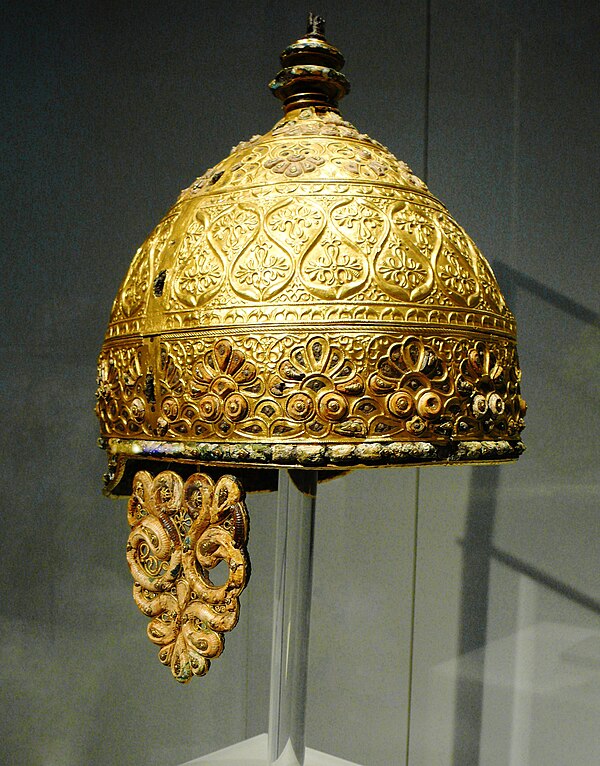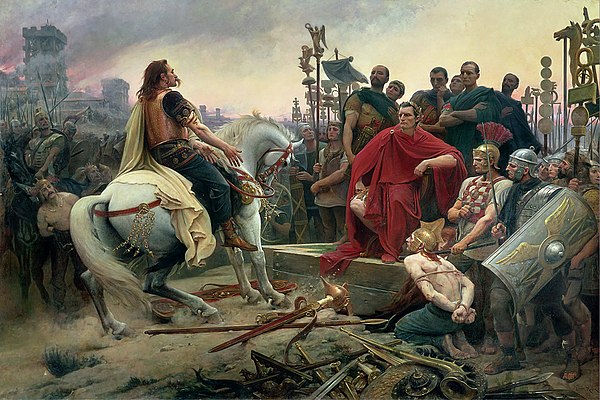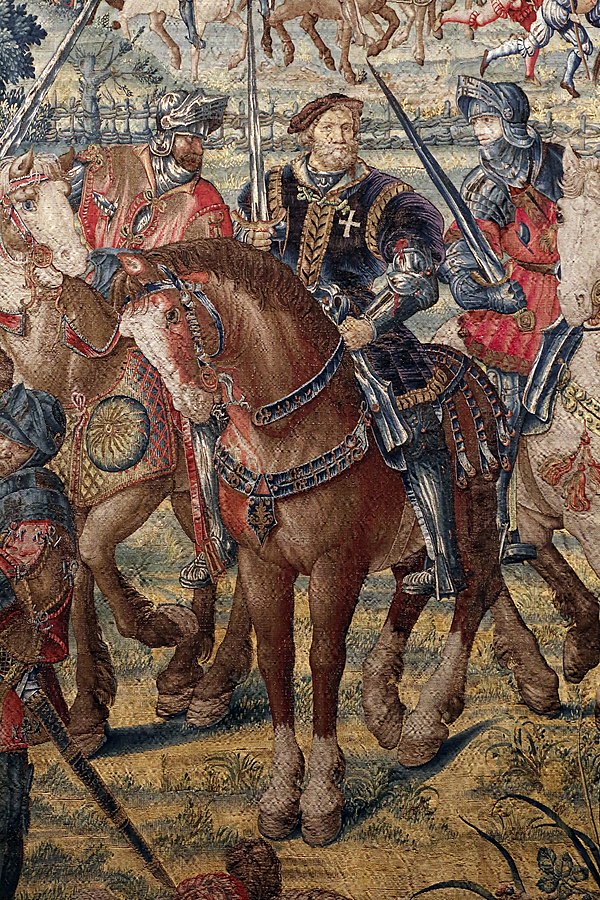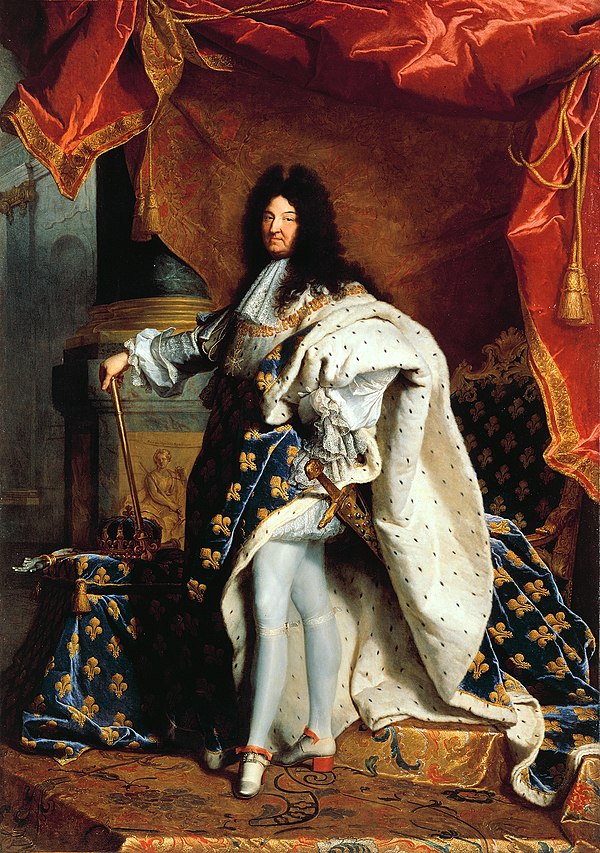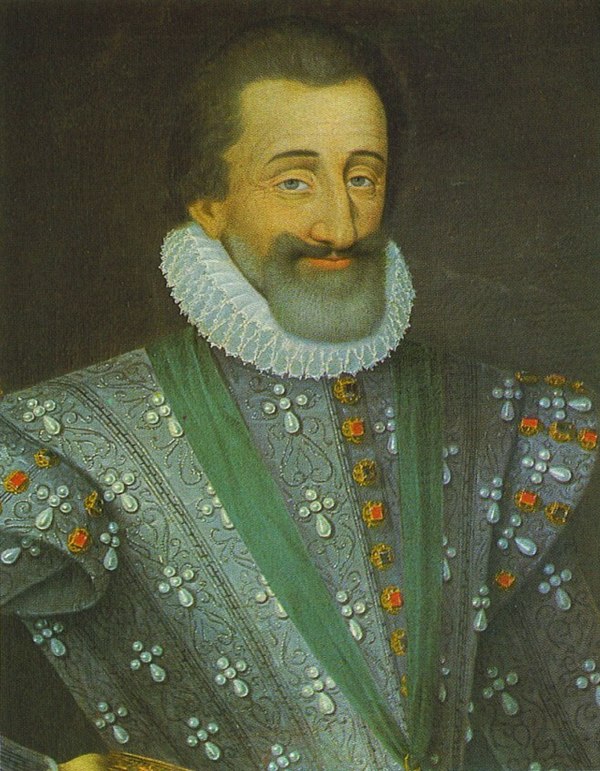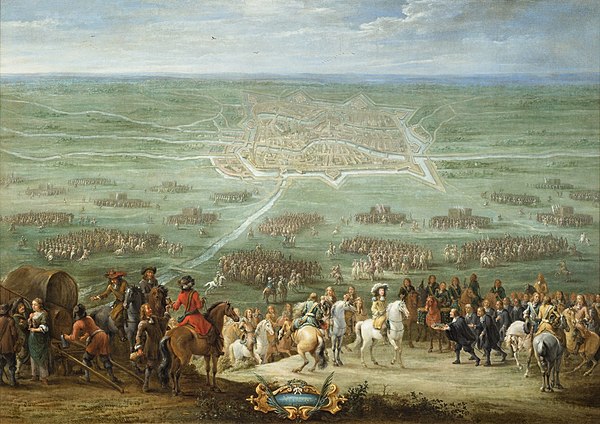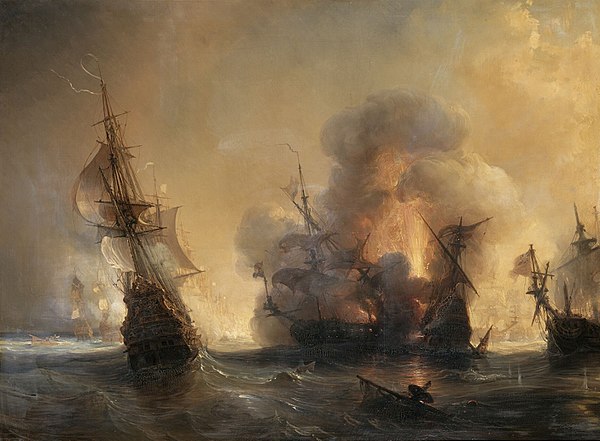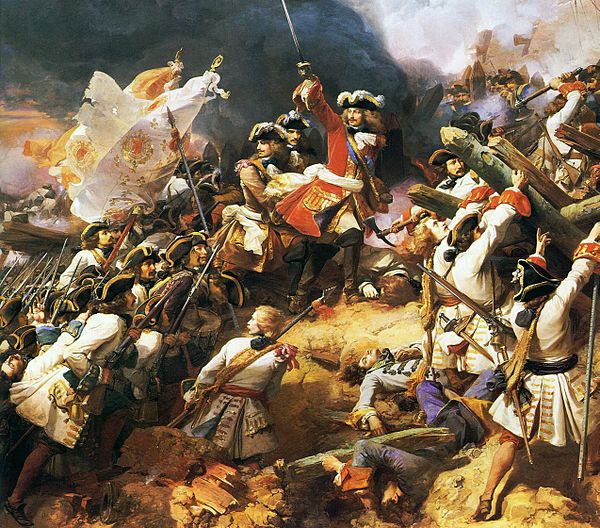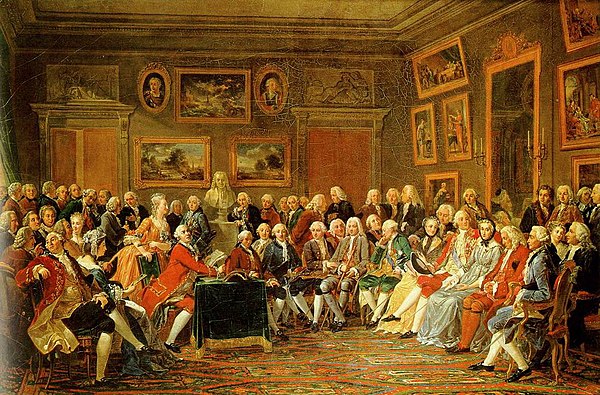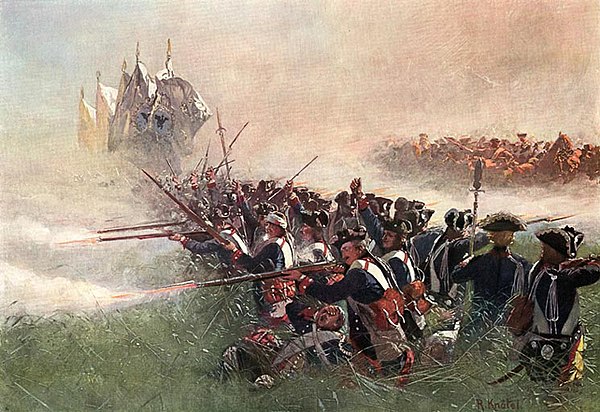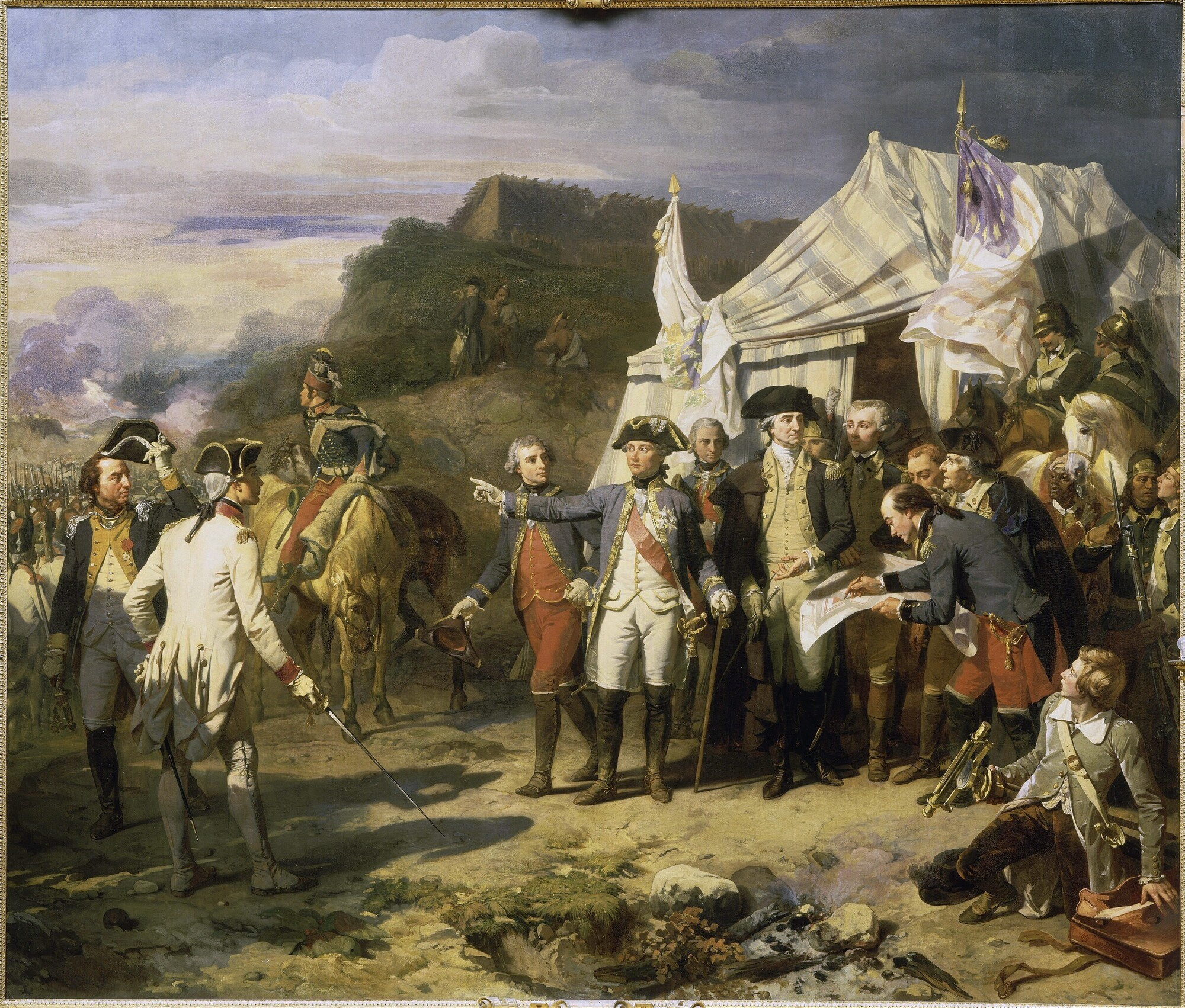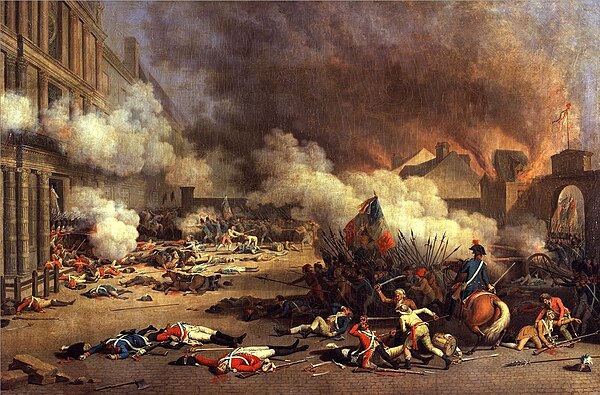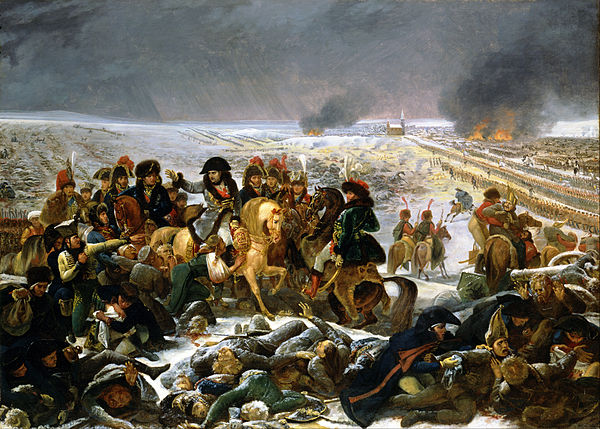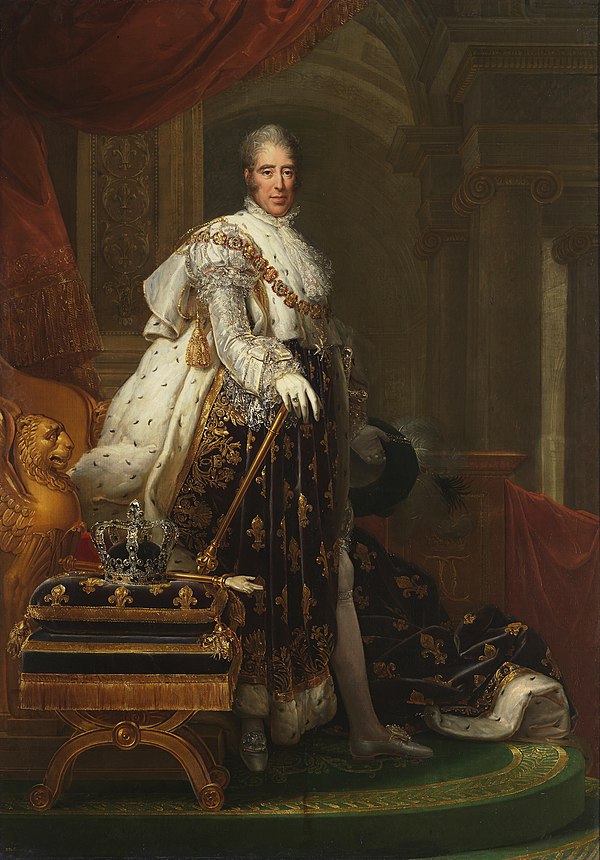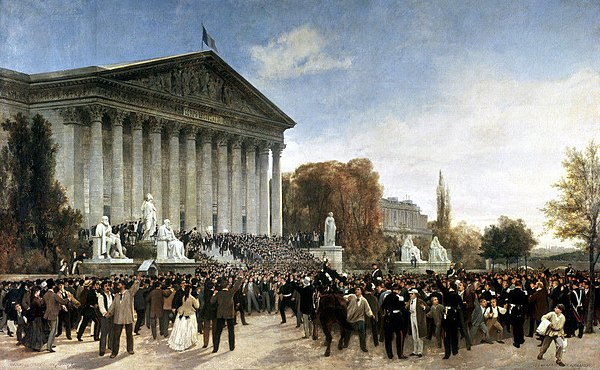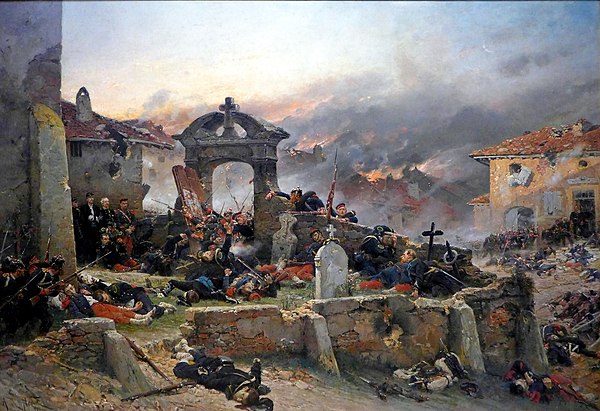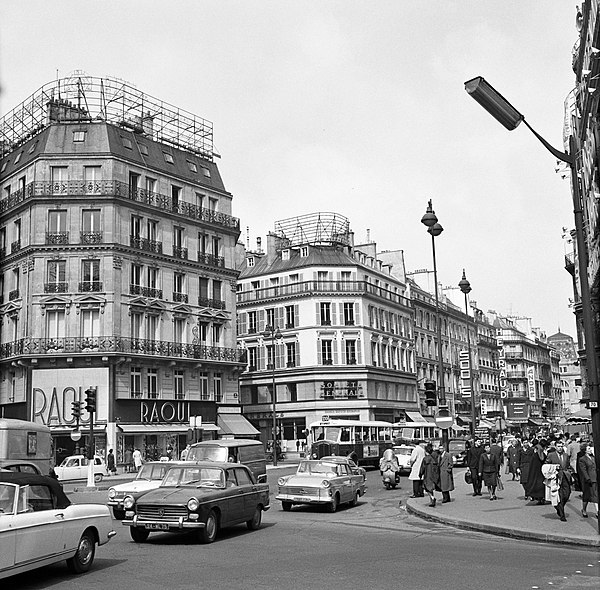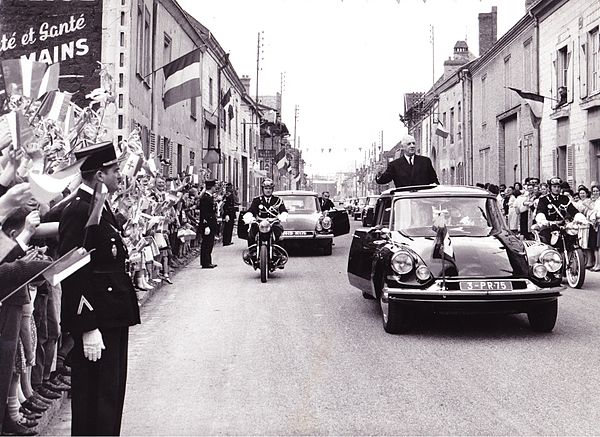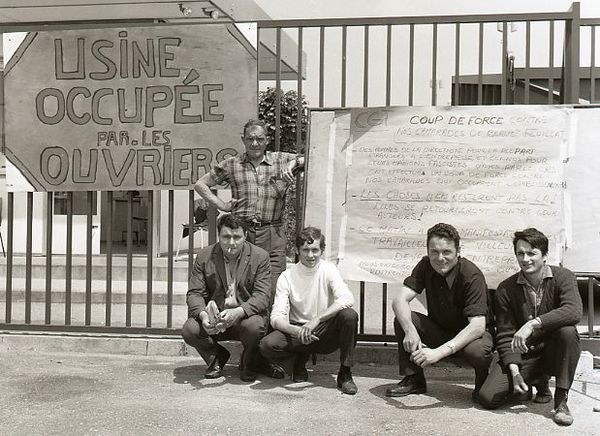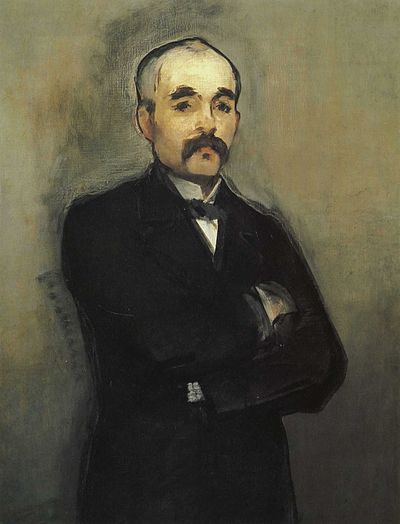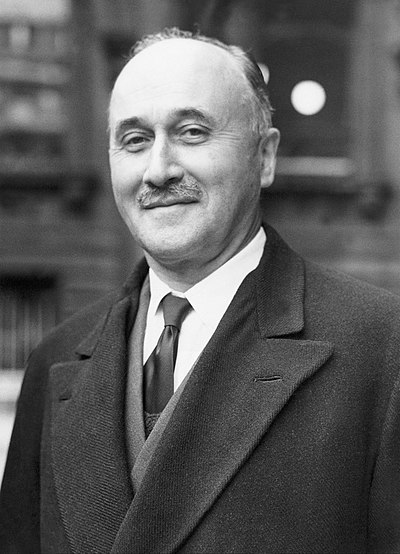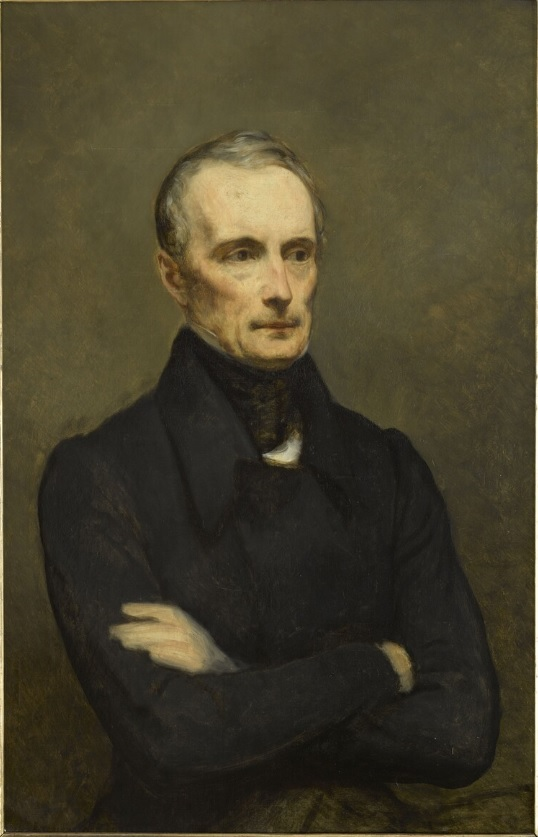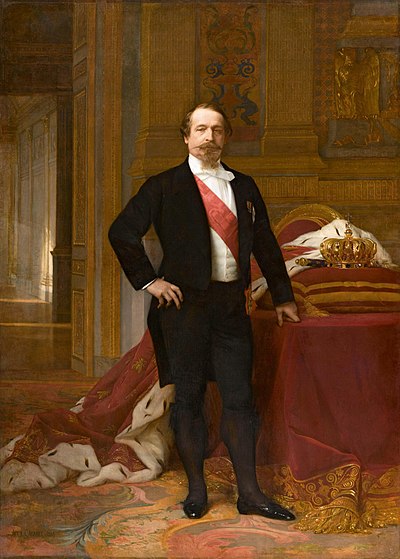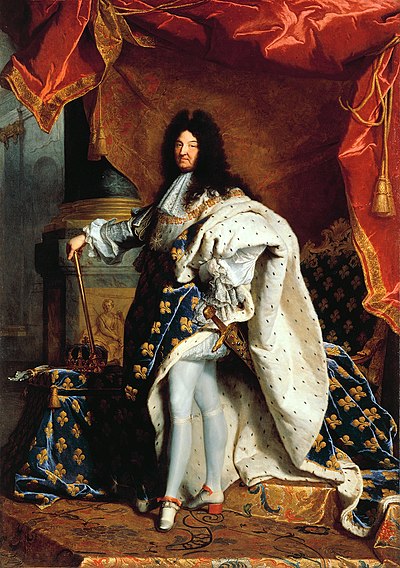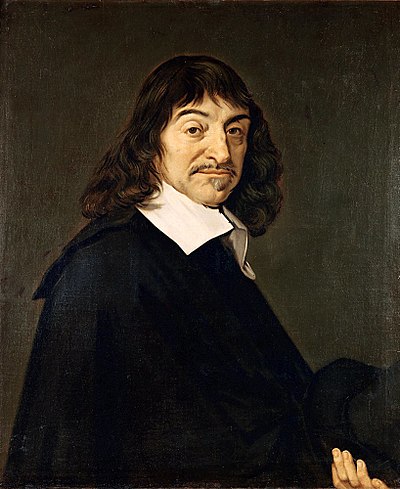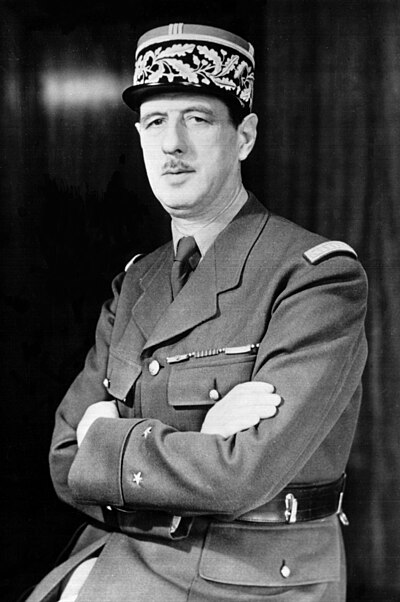France did not expect war in 1914, but when it came in August the entire nation rallied enthusiastically for two years. It specialized in sending infantry forward again and again, only to be stopped again and again by German artillery, trenches, barbed wire and machine guns, with horrific casualty rates. Despite the loss of major industrial districts France produced an enormous output of munitions that armed both the French and the American armies. By 1917 the infantry was on the verge of mutiny, with a widespread sense that it was now the American turn to storm the German lines. But they rallied and defeated the greatest German offensive, which came in spring 1918, then rolled over the collapsing invaders. November 1918 brought a surge of pride and unity, and an unrestrained demand for revenge.
Preoccupied with internal problems, France paid little attention to foreign policy in the 1911–14 period, although it did extend military service to three years from two over strong Socialist objections in 1913. The rapidly escalating Balkan crisis of 1914 caught France unaware, and it played only a small role in the coming of World War I. The Serbian crisis triggered a complex set of military alliances between European states, causing most of the continent, including France, to be drawn into war within a few short weeks. Austria-Hungary declared war on Serbia in late July, triggering Russian mobilization. On 1 August both Germany and France ordered mobilization. Germany was much better prepared militarily than any of the other countries involved, including France. The German Empire, as an ally of Austria, declared war on Russia. France was allied with Russia and so was ready to commit to war against the German Empire. On 3 August Germany declared war on France, and sent its armies through neutral Belgium. Britain entered the war on 4 August, and started sending in troops on 7 August. Italy, although tied to Germany, remained neutral and then joined the Allies in 1915.
Germany's "Schlieffen Plan" was to quickly defeat the French. They captured Brussels, Belgium by 20 August and soon had captured a large portion of northern France. The original plan was to continue southwest and attack Paris from the west. By early September they were within 65 kilometres (40 mi) of Paris, and the French government had relocated to Bordeaux. The Allies finally stopped the advance northeast of Paris at the Marne River (5–12 September 1914).
The war now became a stalemate – the famous "Western Front" was fought largely in France and was characterized by very little movement despite extremely large and violent battles, often with new and more destructive military technology. On the Western Front, the small improvised trenches of the first few months rapidly grew deeper and more complex, gradually becoming vast areas of interlocking defensive works. The land war quickly became dominated by the muddy, bloody stalemate of Trench warfare, a form of war in which both opposing armies had static lines of defense. The war of movement quickly turned into a war of position. Neither side advanced much, but both sides suffered hundreds of thousands of casualties. German and Allied armies produced essentially a matched pair of trench lines from the Swiss border in the south to the North Sea coast of Belgium. Meanwhile, large swaths of northeastern France came under the brutal control of German occupiers.
Trench warfare prevailed on the Western Front from September 1914 until March 1918. Famous battles in France include Battle of Verdun (spanning 10 months from 21 February to 18 December 1916), Battle of the Somme (1 July to 18 November 1916), and five separate conflicts called the Battle of Ypres (from 1914 to 1918).
After Socialist leader Jean Jaurès, a pacifist, was assassinated at the start of the war, the French socialist movement abandoned its antimilitarist positions and joined the national war effort. Prime Minister Rene Viviani called for unity—for a "Union sacrée" ("Sacred Union")--Which was a wartime truce between the right and left factions that had been fighting bitterly. France had few dissenters. However, war-weariness was a major factor by 1917, even reaching the army. The soldiers were reluctant to attack; Mutiny was a factor as soldiers said it was best to wait for the arrival of millions of Americans. The soldiers were protesting not just the futility of frontal assaults in the face of German machine guns but also degraded conditions at the front lines and at home, especially infrequent leaves, poor food, the use of African and Asian colonials on the home front, and concerns about the welfare of their wives and children.
After defeating Russia in 1917, Germany now could concentrate on the Western Front, and planned an all-out assault in the spring of 1918, but had to do it before the very rapidly growing American army played a role. In March 1918 Germany launched its offensive and by May had reached the Marne and was again close to Paris. However, in the Second Battle of the Marne (15 July to 6 August 1918), the Allied line held. The Allies then shifted to the offensive. The Germans, out of reinforcements, were overwhelmed day after day and the high command saw it was hopeless. Austria and Turkey collapsed, and the Kaiser's government fell. Germany signed "The Armistice" that ended the fighting effective 11 November 1918, "the eleventh hour of the eleventh day of the eleventh month."


